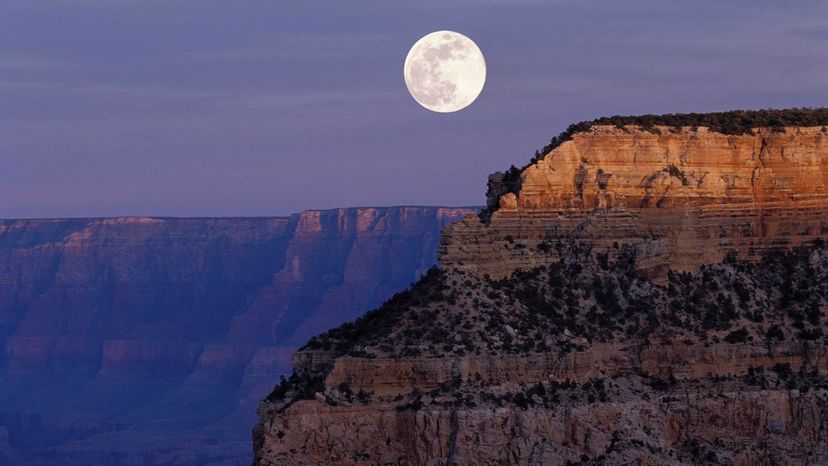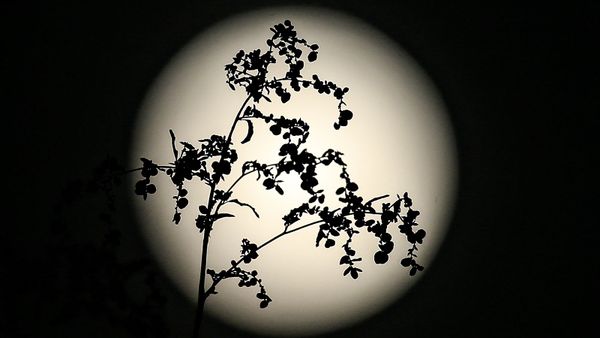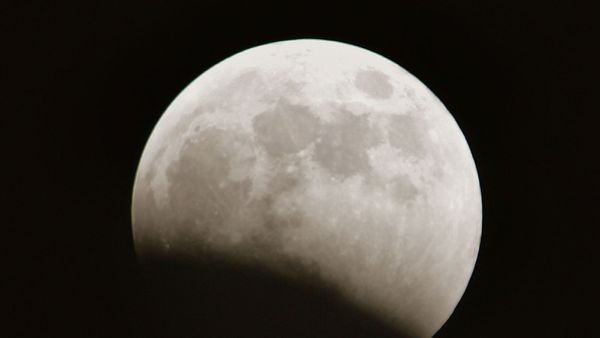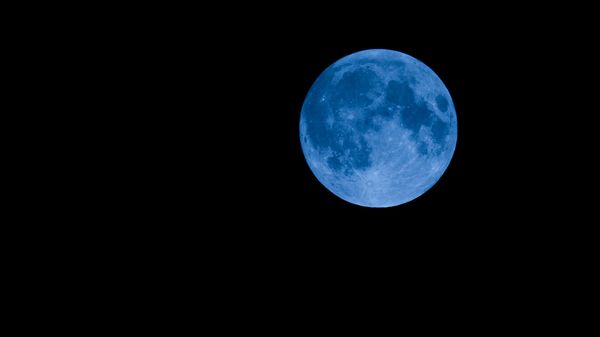The best chance to witness the phenomenon is when the moon is full nearest the vernal (spring) and autumnal (fall) equinoxes. That's because the moonrise is closest to due east and sets closest to due west on those dates. When the moon is full at these times of year, it's just about directly opposite the sun in the sky as it sets.
So, during these times of year, as you watch the sun setting on one side of the Earth, simply turn around and you might see the full moon rising behind you. They're not technically happening at exactly the same time, but from your vantage point as a mere mortal on Earth, it appears to be so. Plus, you're really witnessing THREE astronomical events: sunset, moonrise and a full moon.
The best place to watch this happen — or any nighttime astronomical event — is from a location that has limited light pollution. You can search for an IDA Dark Sky Place — many exist around the world. These include communities, parks and areas that encourage and protect dark light and dark skies.
As of January 2022, there were 195 around the world, with several Dark Sky Certified Communities in the United States alone, ranging from Indiana to five in Arizona (Flagstaff, Sedona, Cottonwood, Fountain Hills and Oak Creek Canyon). Utah has one Certified IDA International Dark Sky Community, but, more impressively, it does have the highest concentration of Dark Sky Parks. The tiny island of Niue in the middle of the South Pacific Ocean is even the world's first "Dark Sky Nation." If you can't get to an IDA Dark Sky Place, just try to head outside of the big city to any place that has little light pollution.
The best time to see the moonrise and sunset at the same time will vary depending on your location and the time of year, and when the next full moon appears on the calendar.



